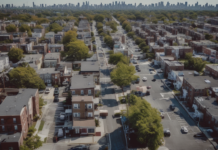If you are weighing Upper West Side vs Queens for Indian Professionals, expect average rents to differ by over $1,000 per month, with the Upper West Side commanding higher prices but offering a shorter commute to Midtown employers. As of November 2024, the median rent for a one-bedroom in the Upper West Side is about $4,200, while in Queens neighbourhoods popular with Indian expats, like Jackson Heights, it averages $2,900. One key tip: Queens offers a robust Indian grocery scene (Patel Brothers on 74th Street is open late), but be prepared for express train delays during peak hours. Choosing between these boroughs is tricky because you must balance cultural familiarity, cost, and daily commute times—trade-offs that impact your quality of life and savings. This guide breaks down commute times, housing costs, and community resources for Indian professionals, so you can confidently decide if proximity or affordability should guide your move. Expect clear comparisons, up-to-date figures, and insider advice tailored to NYC immigrants.
Overview of Living Options for Indian Professionals in NYC
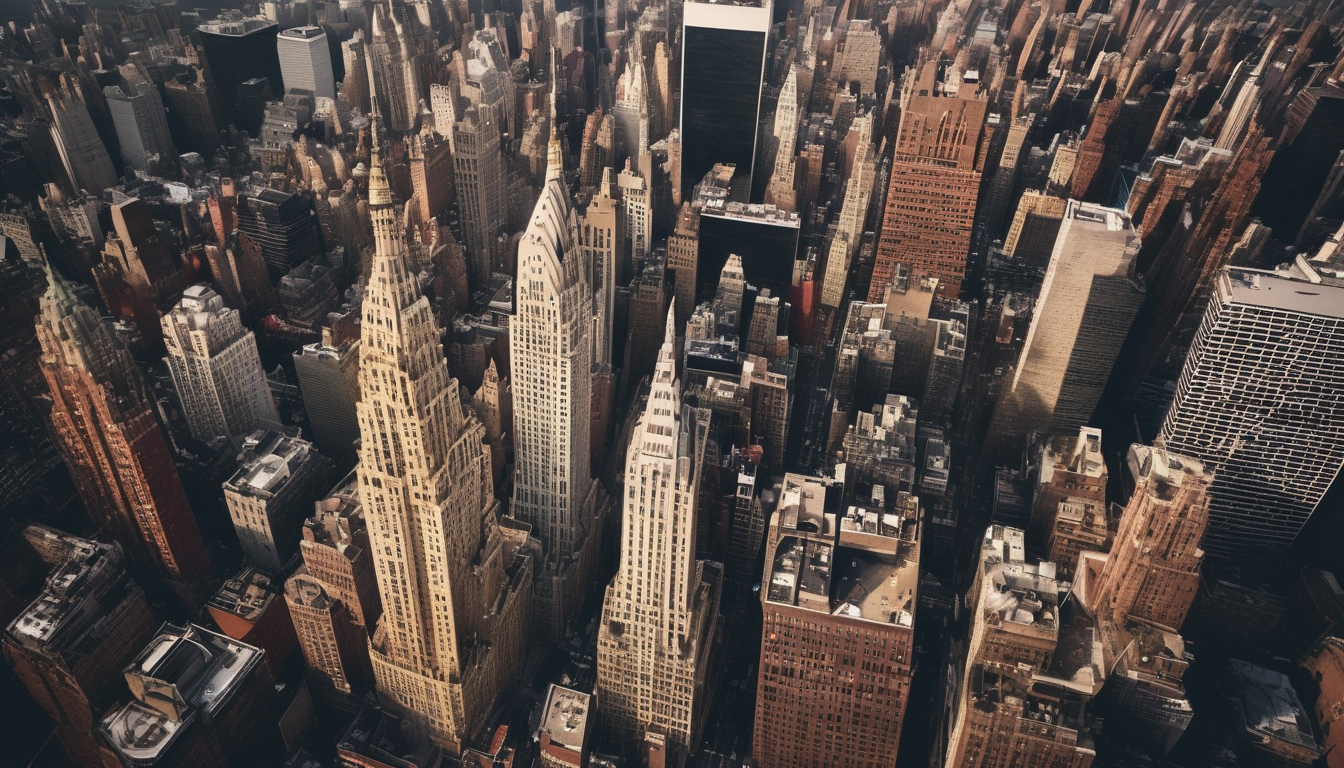
Choosing between the Upper West Side and Queens is a classic dilemma for Indian professionals in NYC, especially in 2024 when housing markets are unpredictable and the MetroCard fare just jumped to $2.90. The Upper West Side—think leafy streets between Central Park and Riverside Drive, from 59th up to 110th—offers the cachet of Manhattan living, but one-bedroom rents hover around $4,500/month on West 72nd near the 1/2/3 lines. Meanwhile, Queens, with neighbourhoods like Jackson Heights and Forest Hills, remains a go-to for affordability and a robust Indian community. In Jackson Heights, you’ll find sari shops on 74th Street, and rents closer to $2,400 for a decent one-bedroom, right off the Roosevelt Ave/74th St station (E/F/M/R/7 trains). For those starting out or prioritising savings, Queens simply stretches your dollar further while offering a taste of home.
- ✓ Upper West Side: Quick access to Lincoln Center and Columbia Universityi>
- ✓ Jackson Heights: Extensive Indian grocery stores and restaurantsi>
- ✓ Forest Hills: Express E/F trains to Manhattan in under 30 minutesi>
- ✓ Easy MetroCard refills at all major subway stationsi>l>
Commuting matters. From West 96th St (B/C trains), you’re 15 minutes to Midtown; from Jackson Heights, it’s about 25 minutes to Grand Central. If you work late, note subway construction can reroute the E train after 10pm, and after-hours MetroCard vending machines sometimes only take cash—bring small bills. Co-living and roommate setups are on the rise, especially in Manhattan where studios are often snapped up by 10am open houses. In Queens, application processing is a bit more forgiving, with some landlords offering virtual tours and 48-hour approvals in 2024.
Locationh> Monthly Rent (1BR)h> Nearest Subwayh> Community Featuresh> Upper West Sided> $4,500d> 72nd St (1/2/3)d> Proximity to Central Park, quieter nightsd> r>
Jackson Heightsd> $2,400d> 74th St/Roosevelt Ave (E/F/M/R/7)d> Vibrant Indian markets, frequent cultural eventsd>r>y>r>d>e>
Comparing Cost and Neighborhood Features in Upper West Side and Queens
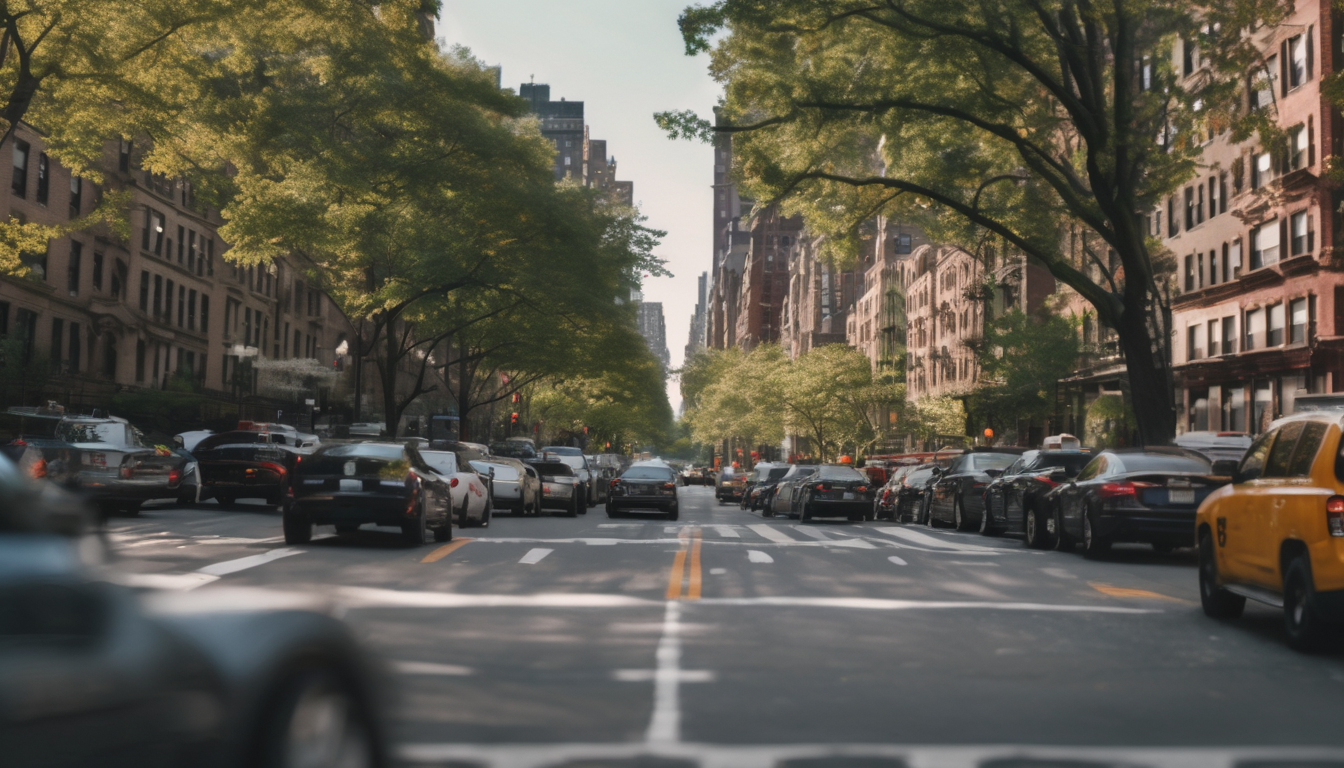
Comparing cost and neighbourhood features in the Upper West Side vs Queens for Indian professionals is like weighing the comfort of a Manhattan brownstone against the vibrant pulse of Jackson Heights. On the Upper West Side, you’re paying for that classic NYC experience—think Central Park strolls, Riverside Drive views, and proximity to the 1, 2, and 3 trains at 72nd Street. As of mid-2024, expect a one-bedroom to run $3,900 to $4,600/month, sometimes more if you want a doorman or a spot near Zabar’s. Queens, meanwhile, especially hubs like Jackson Heights or Forest Hills, offers a different rhythm. Here, the E, F, R, and 7 lines whisk you to Midtown in 30-40 minutes. Renting a comparable one-bedroom in Queens? You’re looking at $2,200 to $2,800 and likely getting more square footage—plus a balcony if you’re lucky.
- ✓ Upper West Side: Easy access to express 2/3 subway lines at 96th Streeti>
- ✓ Queens: 74th St-Broadway/Roosevelt hub connects to E/F/M/R/7 trainsi>
- ✓ MetroCard monthly cost: $132 as of 2024i>
- ✓ UWS: 24-hour bodegas and late-night food optionsi>
- ✓ Queens: More South Asian grocery stores and Indian eateriesi>l>
Neighbourhoodh> Median Rent (1BR)h> Closest Subwayh> Indian Markets Nearbyh> Upper West Sided> $4,200d> 72nd St (1/2/3)d> ✗ Limited, mostly Midtownd> r>
Jackson Heightsd> $2,400d> 74th St-Broadway (E/F/M/R/7)d> ✓ Patel Brothers, Apna Bazaard> Reference Box:g>- Processing time for new rental leases: 1-2 weeks in both boroughsi>
- Typical broker fee: 12-15% of annual renti>
- Office hours for most leasing offices: 9am–6pm, Monday–Saturdayi>l>
v>r>y>r>d>e>
How to Choose the Best Neighborhood for Indian Professionals in NYC
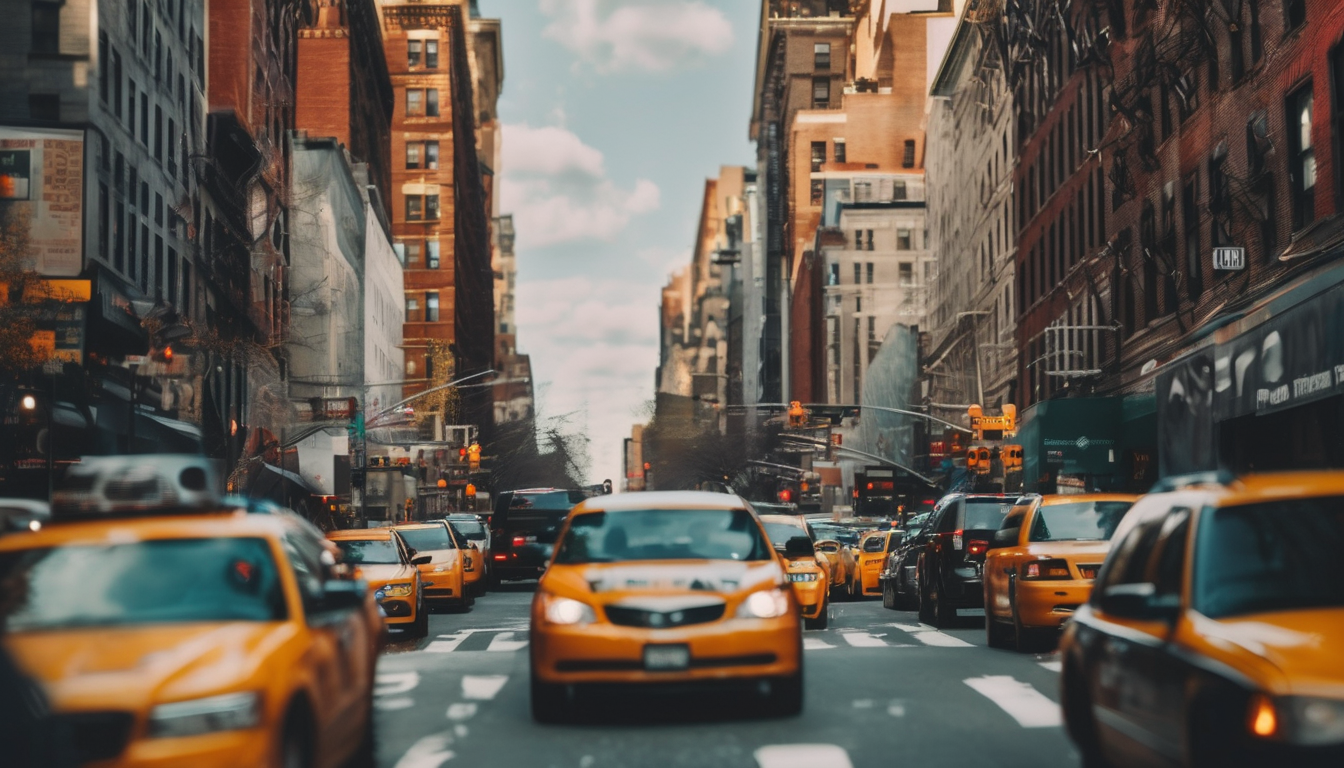
Choosing the best neighborhood for Indian professionals in NYC isn’t just about finding a nice apartment—it’s about navigating the city’s maze of subway lines, balancing rent with career growth, and feeling at home whether you land in the Upper West Side or Queens. The Upper West Side, with its leafy blocks near Central Park West and express stops like 72nd Street on the 1/2/3 lines, offers quick commutes to Midtown offices and a quieter, classic Manhattan vibe. Meanwhile, Queens—especially Jackson Heights off the E/F/M/R/7 trains—pulses with South Asian markets, late-night dosa joints, and a sense of community that’s hard to beat.
- ✓ Close proximity to 74th Street–Broadway subway hub boosts convenience for Jackson Heights residentsi>
- ✓ Upper West Side offers easy access to Columbia University and Broadway theatresi>
- ✓ Plenty of Indian grocery stores near 37th Avenue in Queensi>l>
Neighborhoodh> Average Rent (2024)h> Nearest Subwayh> Commute to Midtownh> Upper West Sided> $4,800/month for 1BRd> 72nd St (1/2/3)d> ~15 minutesd> r>
Jackson Heightsd> $2,700/month for 1BRd> 74th St–Broadway (E/F/M/R/7)d> ~25 minutesd> Reference Box:g>- MetroCard unlimited monthly: $132 (2024 rate)i>
- Indian consulate at 3 E 64th St, office hours 9am–5:30pmi>
- PSA: Co-op board approvals in Manhattan averaging 30–60 daysi>l>
v>r>y>r>d>e>
Practical Tips for Indian Professionals Moving to Upper West Side or Queens
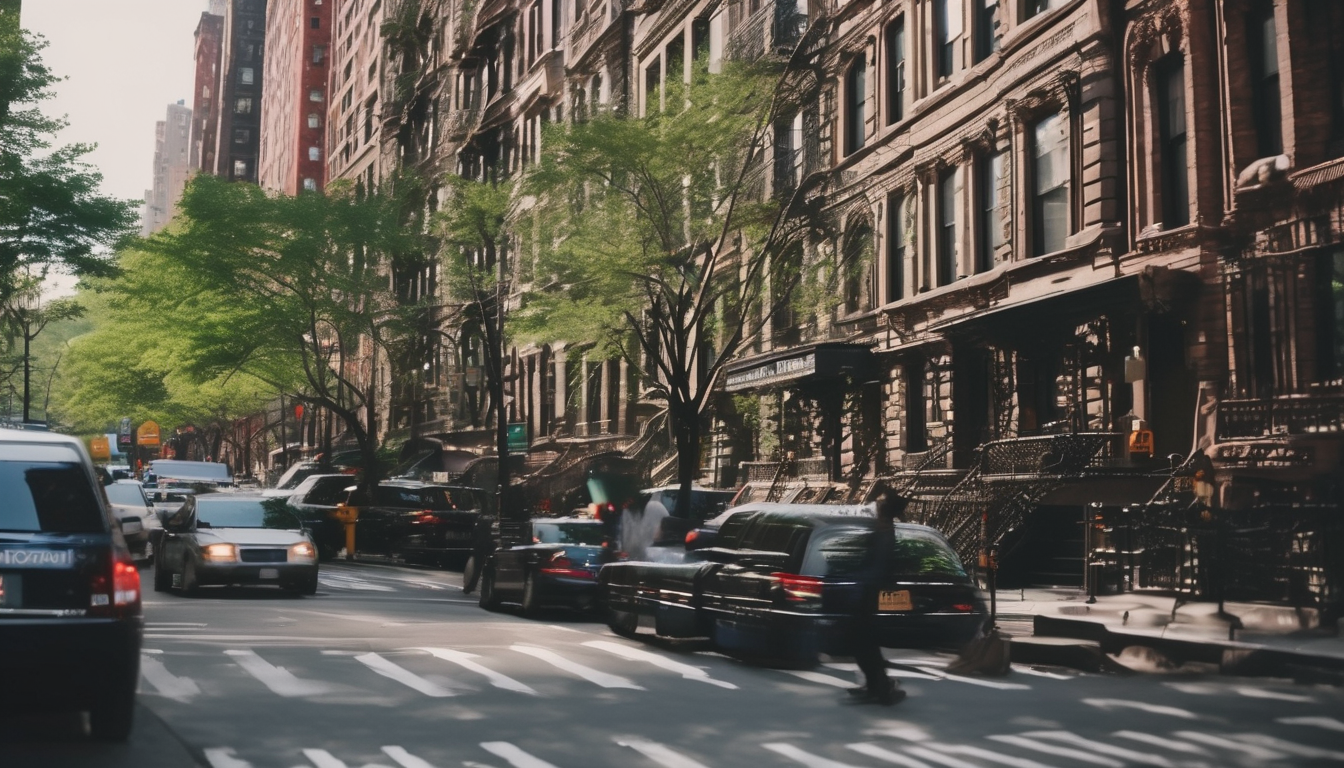
If you’re weighing Upper West Side vs Queens for Indian professionals in 2024, you’ll need more than just a few Yelp reviews. First off, expect sticker shock: UWS rents average $4,200/month for a one-bedroom, while Jackson Heights offers relief at $2,400/month. Both neighborhoods are packed with Indian groceries, but only in Queens will you find Patel Brothers right off 74th St–Broadway (E/F/R/M/7 trains). The UWS has Westside Market and Fairway, but you’ll miss the masala aisles and late-night samosa runs. MetroCard prices just jumped to $2.90 per ride, so monthly passes ($132) are still a lifesaver for daily commutes.
- ✓ 24/7 MTA service, but expect weekend delays, especially on the 7 train in Queensi>
- ✓ Jackson Heights: 74th St–Roosevelt Avenue hub connects you to Manhattan in 30 minutesi>
- ✓ UWS: 72nd St (1/2/3 trains) whisks you to Midtown in under 15 minutesi>
- ✓ Bodegas on every corner, but Queens wins for late-night parathasi>l>
Getting your paperwork sorted? NYC’s IDNYC is available at 78-27 37th Ave, Queens, open weekdays 9am–5pm; appointments fill up fast, often with 2-week waits as of April 2024. Don’t forget to check local WhatsApp groups for fresh vacancies—word travels faster than StreetEasy in these circles. And yes, both boroughs have after-work cricket leagues (try Van Cortlandt Park or Flushing Meadows) if you’re craving a slice of home.
Serviceh> Upper West Sideh> Queens (Jackson Heights)h> Average Rent (1BR)d> $4,200d> $2,400d> r>
Indian Grocery Accessd> Limited selectiond> Extensive optionsd> r>
Commute Time to Midtownd> ~15 minutesd> ~30 minutesd> r>
Social Communityd> Smaller, professionald> Large, vibrant
You now have a clearer understanding of the key differences between the Upper West Side and Queens for Indian professionals in 2024. Whether you’re prioritising affordability, community vibe, or commute times, you can make more informed decisions tailored to your preferences and needs. This knowledge allows you to plan your move or professional journey with greater confidence and efficiency.
Your first step is to identify your top priorities—consider factors like budget, lifestyle, and proximity to work—and then explore neighbourhoods that align with these. Start by visiting the areas if possible, or take virtual tours online to get a real sense of each community’s atmosphere before making any commitments.
Have questions or need further guidance? Share your thoughts in the comments below. For more detailed insights on living and working in NYC, check our comprehensive guide on indonewyork.com.


